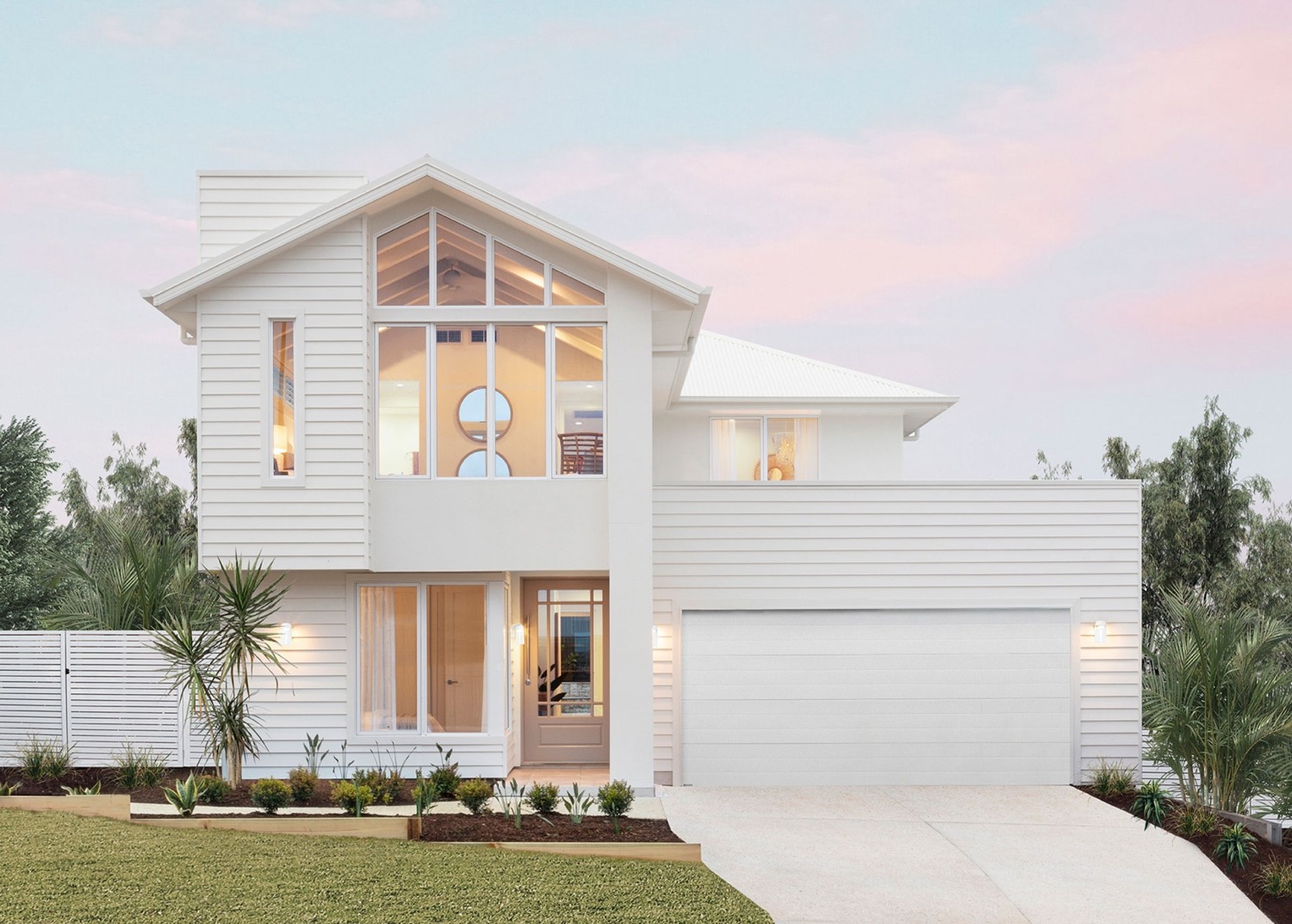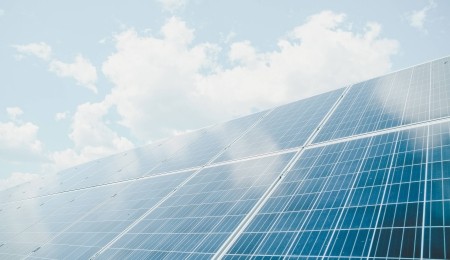What is Cladding?

What is Cladding?
When you start picturing your dream first home, is the exterior as important as the interior? It should be! Cladding, in particular, can have a major influence on the final look, style and even functionality of your property’s exterior. But what exactly is cladding, and why does it matter in terms of home design and construction?
For first-time home builder, it’s important that you understand the basics of home exteriors and various cladding materials so you can make the best decisions for your new house. Here’s everything you need to know about cladding systems.
Why is Cladding Important to a Building's Structure?
Exterior cladding is the type of material attached to the outside walls of your house. This cladding material essentially works as an ‘outer layer’ or skin, protecting the property in a number of different ways. But it’s not just about function – cladding also has vast design benefits.
Cladding materials can be applied either horizontally or vertically, and they come in all different shapes and styles. With so many options at your disposal, you can achieve the desired look your home's exterior.
What is the Purpose of Cladding?

Cladding’s primary purpose is to be a protective barrier for your exterior walls. But it has many other useful traits:
- Protection from the elements: Cladding is ultimately a shield against the harsh Queensland weather, including heavy rains, strong winds and relentless sunlight. It works to prevent moisture from seeping into the walls and also helps maintain the structural integrity of your home.
- Insulation: Some types of cladding can improve the thermal insulation properties of your home, leading to better energy efficiency and cheaper heating and cooling bills.
- Better design: Cladding lets you change the look of your home's exterior. There are endless design possibilities, from classic and coastal to modern and cottage styles.
- Durability: Cladding materials should be chosen for their durability and resistance to wear and tear. This will help prolong the life of your home's exterior and minimise any ongoing maintenance requirements.
Benefits of External Cladding for New Homes
Choosing external wall cladding for your new home comes with several advantages:
- Aesthetic charm: Cladding comes in a huge variety of materials, colours and textures. In other words, you have the freedom to design the exact look you want.
- Weather resistance: When installed correctly, cladding provides an extra layer of protection against bad weather – preventing damage to the underlying structure.
- Energy efficiency: Some types of cladding have thermal and sound insulation properties, which can improve the overall energy efficiency of your home.
- Low maintenance: Many cladding materials only need minimal maintenance over the years, which saves you time and money in the long run.
What are the Different Types of Cladding?
Given the wide range of options for your home, here are some of the most common types of cladding:
- Timber/weatherboard: Using timber cladding, often in the form of weatherboards, is a classic and timeless look. You can keep the natural wood finish or go for a painted surface.
- Stone: Stone cladding adds a sense of sophistication to your external walls. It comes in sandstone, limestone, slate and more.
- Fibre cement cladding: Fibre cement cladding is durable and resistant to moisture and fire. It can also mimic the appearance of wood.
- Steel: Metal cladding like steel, for example, is a durable and low-maintenance option that will give your home a modern and industrial look.
The choice of these or other materials will depend on your style and budget. Each type of cladding has its own a unique appeal and should be matched to the type of home you are building, whether it's a beautiful coastal home design, something more classic, a modern masterpiece or a warm and inviting cottage.
What's the Difference Between Hebel and Cladding?

Hebel is a specific type of cladding material known as Autoclaved Aerated Concrete (AAC) panels. Unlike traditional cladding, Hebel panels have the benefit of being pre-fabricated and lightweight.
They have excellent thermal insulation properties, are fire-resistant and can be rendered and painted to achieve a smooth finish.
Cladding vs Brick Homes

Cladding and brick are two common options for the exterior of a home. Here are some of the key points for each to help you make a more informed decision:
Cladding
- Versatility in designs, with lots of materials and styles to choose from.
- Can add insulation for improved energy efficiency.
- Some materials may require less maintenance compared to brick.
- Allows for customisation and unique looks for different areas of your home.
Brick
- Known for its durability and longevity.
- Is classic and timeless in appearance.
- Needs only minimal maintenance over time.
- Provides excellent thermal mass for temperature regulation.
Can I Attach Cladding Over Bricks?
Yes, it’s possible to attach cladding over an existing core material like brick walls. The process is known as ‘overcladding’ and it can be a cost-effective way to update the appearance and insulation of your home without needing to do a full demolition.
However, you’ll want to speak to an expert in the construction industry like a qualified builder or architect to assess whether or not overcladding is feasible for your specific project.
Is Cladding Fire Resistant?
The fire resistance of different cladding materials depends on what you want to install and where you live. In parts of Queensland that are heavily prone to bushfires, it's essential that you factor in the fire-resistant properties of your cladding.
The Bushfire Attack Level (BAL) rating system assesses the fire risk of your home and its surroundings. To ensure fire safety and compliance with BAL requirements, speak to your builder and consider using fire-resistant cladding products.
Your New Home Journey Begins with Brighton Homes
Choosing the right façade for your home can be a difficult decision to make. Cladding is a highly versatile part of your home’s exterior that provides weather protection and energy efficiency – but you need to make sure it matches your style and design preferences as well.

Whether you prefer the classic charm of timber weatherboards, the luxury of stone or the modern appeal of steel, with cladding you can personalise the look of your home to suit your style. Brighton Homes is committed to guiding you through every step of your new home journey, helping you choose the perfect design elements to create your dream home.
Contact the Brighton Homes experts today and take advantage of our expertise and dedication to quality. We are so excited to start building a home that reflects your unique vision!



